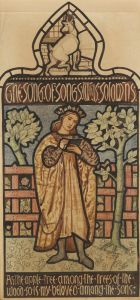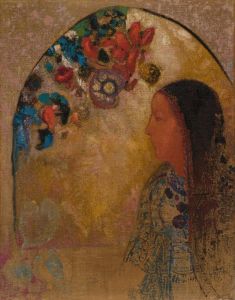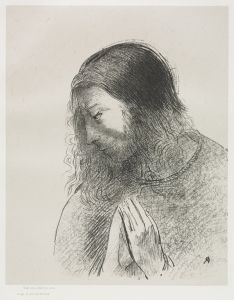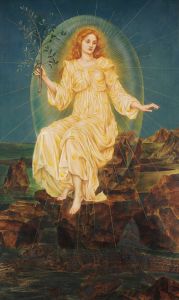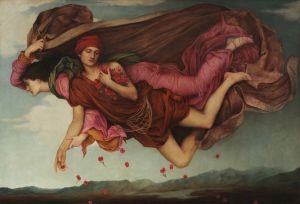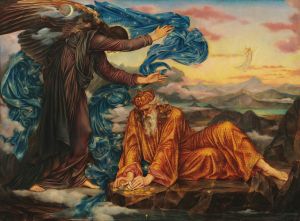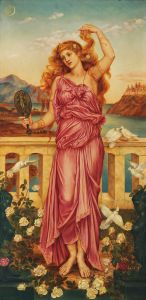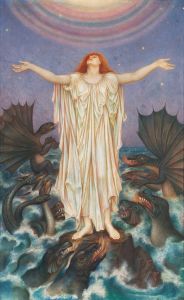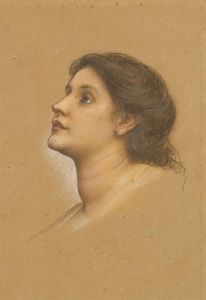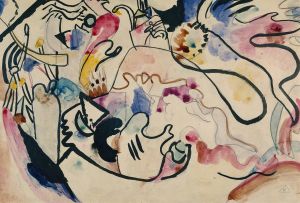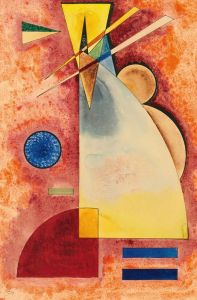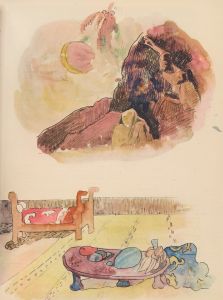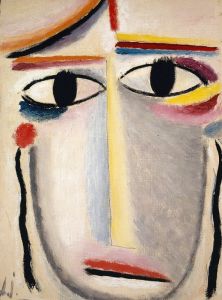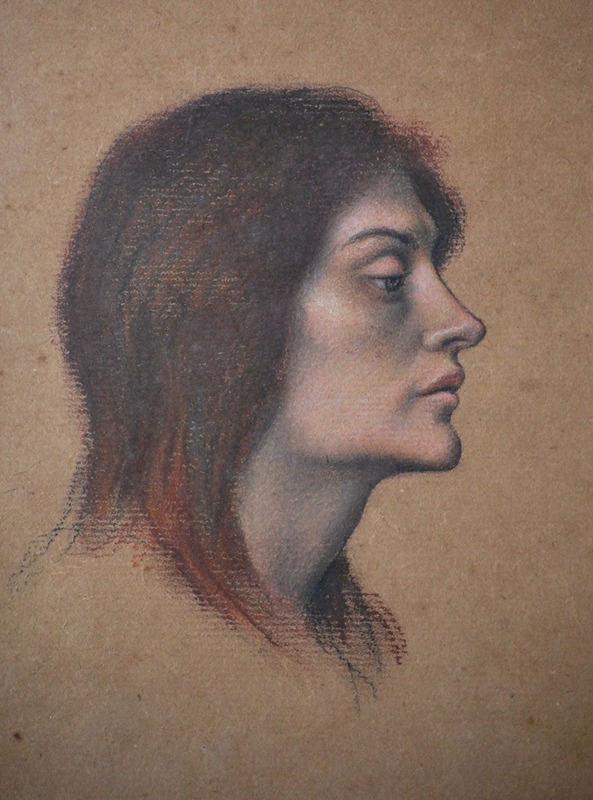
Study of a female head for The Love Potion
A hand-painted replica of Evelyn De Morgan’s masterpiece Study of a female head for The Love Potion, meticulously crafted by professional artists to capture the true essence of the original. Each piece is created with museum-quality canvas and rare mineral pigments, carefully painted by experienced artists with delicate brushstrokes and rich, layered colors to perfectly recreate the texture of the original artwork. Unlike machine-printed reproductions, this hand-painted version brings the painting to life, infused with the artist’s emotions and skill in every stroke. Whether for personal collection or home decoration, it instantly elevates the artistic atmosphere of any space.
Evelyn De Morgan was a notable English painter associated with the Pre-Raphaelite movement, known for her allegorical works and vivid use of color. One of her studies, "Study of a Female Head for The Love Potion," is a preparatory work for her larger painting, "The Love Potion." This study provides insight into De Morgan's artistic process and her attention to detail in capturing the human form and expression.
Evelyn De Morgan was born in 1855 in London and was influenced by the Pre-Raphaelite Brotherhood, a group of English painters, poets, and critics founded in 1848. The group sought to return to the abundant detail, intense colors, and complex compositions of Quattrocento Italian art. De Morgan's work often reflects these influences, with an emphasis on mythological and allegorical themes.
"The Love Potion," completed in 1903, is one of De Morgan's notable works, depicting a scene rich in symbolism and narrative depth. The painting portrays a sorceress or enchantress preparing a potion, surrounded by mystical and symbolic elements. The study of the female head was part of De Morgan's preparatory process for this painting, allowing her to explore the character's expression and features in detail before committing them to the final canvas.
In "Study of a Female Head for The Love Potion," De Morgan focuses on the delicate features and serene expression of the woman, capturing a sense of introspection and mystery. The study likely served as a reference for the final composition, ensuring that the character's portrayal in "The Love Potion" was both precise and evocative. This attention to preparatory work is characteristic of De Morgan's meticulous approach to painting, where studies and sketches played a crucial role in developing her complex compositions.
De Morgan's work is often noted for its strong use of color and light, and even in her studies, one can observe her keen understanding of these elements. Although the study itself may not be as richly colored as the final painting, it provides a glimpse into her process of building up layers of detail and emotion.
Evelyn De Morgan's contributions to art were significant, particularly as a female artist in a predominantly male-dominated field during her time. Her works often explored themes of spirituality, feminism, and the human condition, reflecting her personal beliefs and the broader cultural movements of the late 19th and early 20th centuries.
Today, De Morgan's works, including "Study of a Female Head for The Love Potion," are appreciated for their technical skill and thematic depth. They are housed in various collections, including the De Morgan Foundation, which preserves and promotes the legacy of Evelyn De Morgan and her husband, the ceramicist William De Morgan. Through exhibitions and publications, the foundation ensures that De Morgan's art continues to be studied and appreciated by new generations.
In summary, "Study of a Female Head for The Love Potion" is a testament to Evelyn De Morgan's skill as a draughtswoman and her dedication to the artistic process. It offers valuable insight into the development of one of her significant works, "The Love Potion," and highlights her place within the Pre-Raphaelite tradition and her contributions to the art world.





